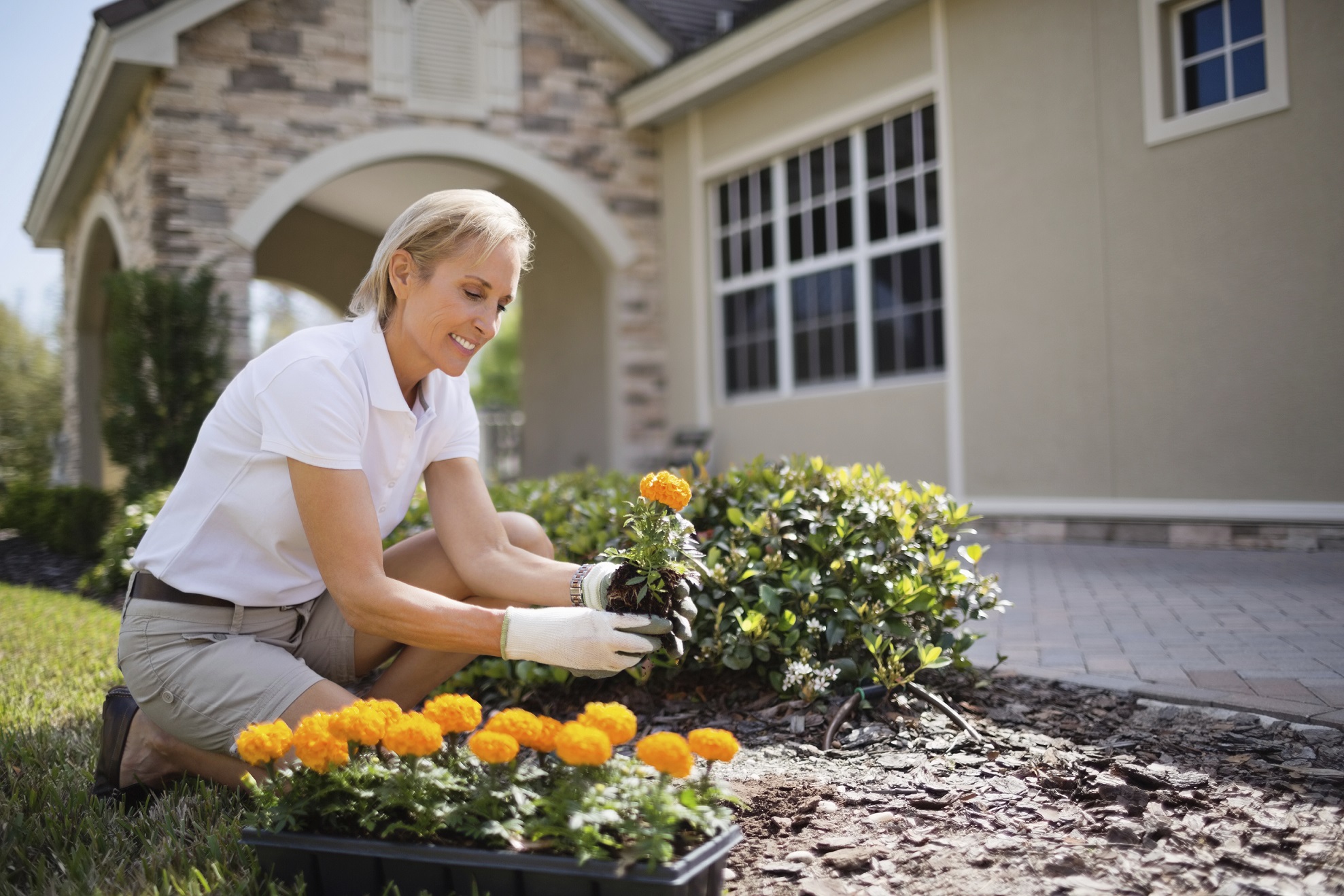Wisconsin may be teasing us with rain and cold weather but spring is coming, we promise! With warmer weather on the horizon it is time to get our gardens ready for planting and pruning. But what do all of those garden terms mean? Here are the words you’ll need to know!
Annuals. These plants have a short shelf life, or soil life! They grow, bloom and seed all in just one year. These are great for window boxes or lining a path. They require little care and when the plant is done beautifying your space, simply toss it in to the compost pile to feed the annuals for next year!
Perennials. These plants have a much longer shelf life, or soil life! Properly tended to, these plants can last for years. They save you money as you will only need to buy them once, and they tend to grow and expand throughout their plant space. However what you will save in money, you will make up in time. They need watering, pruning, dividing, deadheading and they need to be cut down at the end of the season. They are worth the effort though!
Grading and Drainage. These terms go together like peanut butter and jelly. Your plants need nutritious soil and they cannot get this if it is constantly flooded. Soil needs water, air and nutrients or your roots can rot, fungal disease can spread and mosquitoes will breed in a high-water area. Draining and grading your landscape away from these plants and your home is ideal.
Macronutrients and Micronutrients. Plants need nutrients to grow. Macronutrients are essential elements that plants need in the greatest quantities such as: nitrogen, phosphorus, potassium, calcium, sulfur and magnesium. Micronutrients are needed in smaller quantities such as: boron, chlorine, manganese, iron, zinc and copper. Most soil will have some of these or maybe more of others. Conduct a soil test to tell you how to help your plants grow best!
Mulch. Mulch is any organic material that you can spread around plants and trees to retain moisture and heat and keep down weeds. Most of us think of mulch as shredded hard wood which provides a uniform look and great curb appeal, but this can be expensive to put all over your yard. You can DIY free mulch by grinding dead leaves and grass and using it in the same extent!
Pruning. Pruning is shaping and trimming to remove dead branches and open plants so sun can shine through. Pruning also keeps trees from growing onto electrical wires or draping onto lawns which can kill your grass. Pruning also helps plants keep healthy by getting rid of dead pieces which are siphoning off nutrients from your live buds.
Plant Hardiness Zones. This is a map created by the United States Department of Agriculture to help map out where and what plants will thrive in our state. Our Wisconsin map takes into consideration weather data collected over a 30-year period including winter low temperatures, summer high temperatures, water, urban heat and elevation. If you have any questions, ask your local greenhouse!
Gardening is a fun and interactive pastime that will not only beautify your yard and increase your property’s worth, but can also be a relaxing and therapeutic hobby. If you have any questions as to whether something will help or hurt your property’s worth, give a quick call to your local Shorewest, REALTOR® who can help you decide the best long term plan! #ShorewestRealtors #SpringhasSprung #TuesdayTips
Tags: gardening, Gardening Tips, shorewest, shorewest family, Shorewest Realtors, spring, TuesdayTips, USDA
Categories: Community, DIY, First Time Home Buyers, Home Improvement, Home Selling, How to, Tuesday Tips


Leave a Reply